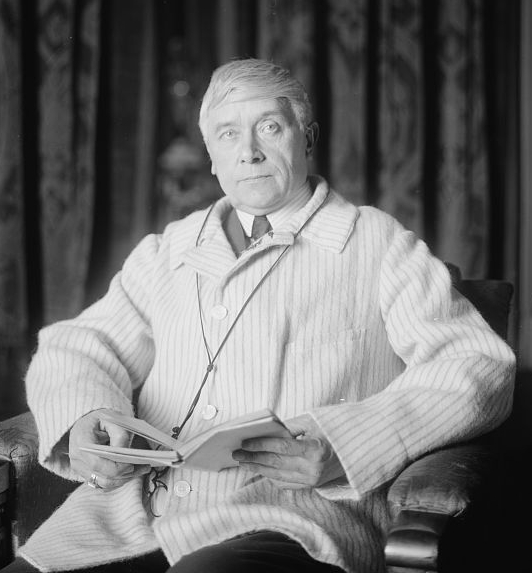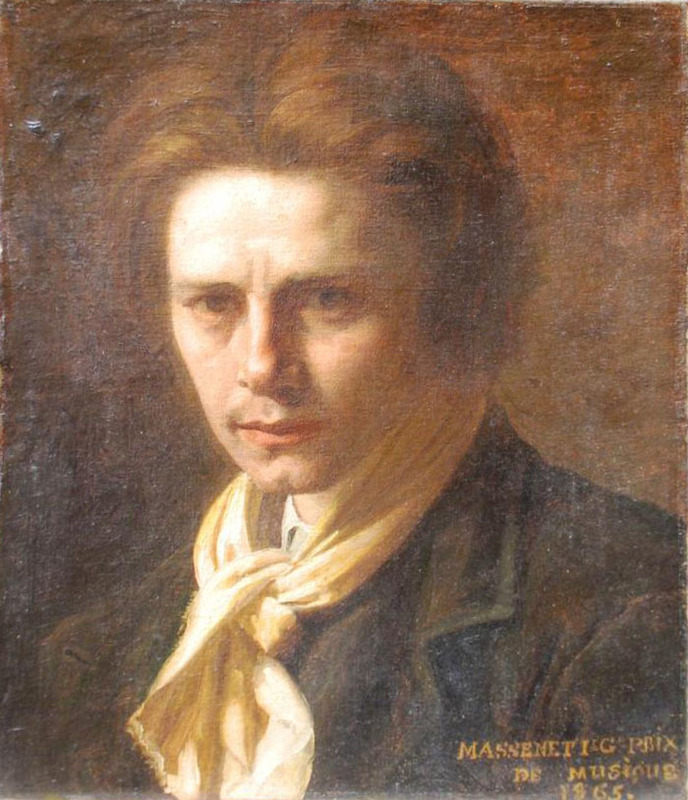|
Janine Micheau
Janine Micheau (17 April 1914 – 18 October 1976) was a French operatic soprano, one of the leading sopranos of her era in France, particularly associated with lyric soprano and coloratura soprano repertory. Biography Janine (or Jeanine) Micheau was born in Toulouse, and studied voice at the Conservatoire de Paris. She made her professional debut at the Opéra-Comique on 16 November 1933, as la Plieuse in ''Louise'', following this with Loys in ''Juif polonais'' by Camille Erlanger, the neighbour in ''Angélique'' by Jacques Ibert and small roles in ''Lakmé'' (Miss Rose) and ''Mireille'' (Andreloun). She later sang Cherubino in ''Le nozze di Figaro'', Olympia in ''Les contes d'Hoffmann'', Rosina in ''Il barbiere di Siviglia'', Leila in '' Les pêcheurs de perles'', Micaela in '' Carmen'', and the title role in ''Lakmé'' at the Salle Favart. By 1935 her performances gained her invitations to Marseille (''Lakmé''), and then (at the instigation of Pierre Monteux) to Amsterdam ... [...More Info...] [...Related Items...] OR: [Wikipedia] [Google] [Baidu] |
Soprano
A soprano () is a type of classical female singing voice and has the highest vocal range of all voice types. The soprano's vocal range (using scientific pitch notation) is from approximately middle C (C4) = 261 Hz to "high A" (A5) = 880 Hz in choral music, or to "soprano C" (C6, two octaves above middle C) = 1046 Hz or higher in operatic music. In four-part chorale style harmony, the soprano takes the highest part, which often encompasses the melody. The soprano voice type is generally divided into the coloratura, soubrette, lyric, spinto, and dramatic soprano. Etymology The word "soprano" comes from the Italian word '' sopra'' (above, over, on top of),"Soprano" '' |
Darius Milhaud
Darius Milhaud (; 4 September 1892 – 22 June 1974) was a French composer, conductor, and teacher. He was a member of Les Six—also known as ''The Group of Six''—and one of the most prolific composers of the 20th century. His compositions are influenced by jazz and Brazilian music and make extensive use of polytonality. Milhaud is considered one of the key modernist composers.Reinhold Brinkmann & Christoph Wolff, ''Driven into Paradise: The Musical Migr ... [...More Info...] [...Related Items...] OR: [Wikipedia] [Google] [Baidu] |
Isoline (opera)
''Isoline'' is an opera, described as a (fairy story) in three acts and ten tableaux, on a text by Catulle Mendès, with music by André Messager. Background In mid-1888 Catulle Mendès had promised the libretto of ''Isoline'' to Emmanuel Chabrier but according to the writer, the Théâtre de la Renaissance wanted Messager to write the music, as he was better known for writing operettas and Chabrier had "too much talent, a talent too epic and grand". Messager had already composed incidental music for '' Le petit Poucet'', a staged at the Théâtre de la Gaîté in 1885. Messager probably wrote some of the score at Montivillers, near to Le Havre; in order to complete the orchestration in time, he was assisted by Paul Lacôme, a composer and friend of Chabrier. Just after the première, the theatre started heading towards bankruptcy, although nearly 60 performances took place up to mid February (with the conductor Paul Letombe).Duteurtre B., Notes for ''Isoline'', Ina mémoire viv ... [...More Info...] [...Related Items...] OR: [Wikipedia] [Google] [Baidu] |
Pelléas Et Mélisande (opera)
''Pelléas et Mélisande'' (''Pelléas and Mélisande'') is an opera in five acts with music by Claude Debussy. The French libretto was adapted from Maurice Maeterlinck's symbolist play of the same name. It premiered at the Salle Favart in Paris by the Opéra-Comique on 30 April 1902; Jean Périer was Pelléas and Mary Garden was Mélisande, conducted by André Messager, who was instrumental in getting the Opéra-Comique to stage the work. The only opera Debussy ever completed, it is considered a landmark in 20th-century music. The plot concerns a love triangle. Prince Golaud finds Mélisande, a mysterious young woman, lost in a forest. He marries her and brings her back to the castle of his grandfather, King Arkel of Allemonde. Here Mélisande becomes increasingly attached to Golaud's younger half-brother Pelléas, arousing Golaud's jealousy. Golaud goes to excessive lengths to find out the truth about Pelléas and Mélisande's relationship, even forcing his own child, Yniold ... [...More Info...] [...Related Items...] OR: [Wikipedia] [Google] [Baidu] |
Manon
''Manon'' () is an ''opéra comique'' in five acts by Jules Massenet to a French libretto by Henri Meilhac and Philippe Gille, based on the 1731 novel '' L'histoire du chevalier des Grieux et de Manon Lescaut'' by the Abbé Prévost. It was first performed at the Opéra-Comique in Paris on 19 January 1884, with sets designed by Eugène Carpezat (act 1), Auguste Alfred Rubé and Philippe Chaperon (acts 2 and 3), and Jean-Baptiste Lavastre (act 4). Prior to Massenet's work, Halévy (''Manon Lescaut'', ballet, 1830) and Auber (''Manon Lescaut'', opéra comique, 1856) had used the subject for musical stage works. Massenet also wrote a one-act sequel to ''Manon'', ''Le portrait de Manon'' (1894), involving the Chevalier des Grieux as an older man. The composer worked at the score of ''Manon'' at his country home outside Paris and also at a house at The Hague once occupied by Prévost himself. ''Manon'' is Massenet's most popular and enduring opera and, having "quickly conquered th ... [...More Info...] [...Related Items...] OR: [Wikipedia] [Google] [Baidu] |
Massenet
Jules Émile Frédéric Massenet (; 12 May 1842 – 13 August 1912) was a French composer of the Romantic era best known for his operas, of which he wrote more than thirty. The two most frequently staged are ''Manon'' (1884) and ''Werther'' (1892). He also composed oratorios, ballets, orchestral works, incidental music, piano pieces, songs and other music. While still a schoolboy, Massenet was admitted to France's principal music college, the Paris Conservatoire. There he studied under Ambroise Thomas, whom he greatly admired. After winning the country's top musical prize, the Prix de Rome, in 1863, he composed prolifically in many genres, but quickly became best known for his operas. Between 1867 and his death forty-five years later he wrote more than forty stage works in a wide variety of styles, from opéra-comique to grand-scale depictions of classical myths, romantic comedies, lyric dramas, as well as oratorios, cantatas and ballets. Massenet had a good sense of the th ... [...More Info...] [...Related Items...] OR: [Wikipedia] [Google] [Baidu] |
Gounod
Charles-François Gounod (; ; 17 June 181818 October 1893), usually known as Charles Gounod, was a French composer. He wrote twelve operas, of which the most popular has always been ''Faust (opera), Faust'' (1859); his ''Roméo et Juliette'' (1867) also remains in the international repertory. He composed a large amount of church music, many songs, and popular short pieces including his Ave Maria (Bach/Gounod), Ave Maria (an elaboration of a Johann Sebastian Bach, Bach piece), and ''Funeral March of a Marionette''. Born in Paris into an artistic and musical family Gounod was a student at the Conservatoire de Paris and won France's most prestigious musical prize, the Prix de Rome. His studies took him to Italy, Austria and then Prussia, where he met Felix Mendelssohn, whose advocacy of the music of Bach was an early influence on him. He was deeply religious, and after his return to Paris, he briefly considered becoming a priest. He composed prolifically, writing church music, songs ... [...More Info...] [...Related Items...] OR: [Wikipedia] [Google] [Baidu] |
Faust (opera)
''Faust'' is an opera in five acts by Charles Gounod to a French libretto by Jules Barbier and Michel Carré from Carré's play ''Faust et Marguerite'', in turn loosely based on Johann Wolfgang von Goethe's ''Faust, Part One''. It debuted at the Théâtre Lyrique on the Boulevard du Temple in Paris on 19 March 1859, with influential sets designed by Charles-Antoine Cambon and Joseph Thierry, Jean Émile Daran, Édouard Desplechin, and Philippe Chaperon. Performance history The original version of Faust employed spoken dialogue, and it was in this form that the work was first performed. The manager of the Théâtre Lyrique, Léon Carvalho cast his wife Caroline Miolan-Carvalho as Marguerite and there were various changes during production, including the removal and contraction of several numbers. The tenor Hector Gruyer was originally cast as Faust but was found to be inadequate during rehearsals, being eventually replaced by a principal of the Opéra-Comique, Joseph-Théodore ... [...More Info...] [...Related Items...] OR: [Wikipedia] [Google] [Baidu] |
Royal Opera House
The Royal Opera House (ROH) is an opera house and major performing arts venue in Covent Garden, central London. The large building is often referred to as simply Covent Garden, after a previous use of the site. It is the home of The Royal Opera, The Royal Ballet, and the Orchestra of the Royal Opera House. The first theatre on the site, the Theatre Royal (1732), served primarily as a playhouse for the first hundred years of its history. In 1734, the first ballet was presented. A year later, the first season of operas, by George Frideric Handel, began. Many of his operas and oratorios were specifically written for Covent Garden and had their premieres there. The current building is the third theatre on the site, following disastrous fires in 1808 and 1856 to previous buildings. The façade, foyer, and auditorium date from 1858, but almost every other element of the present complex dates from an extensive reconstruction in the 1990s. The main auditorium seats 2,256 people, mak ... [...More Info...] [...Related Items...] OR: [Wikipedia] [Google] [Baidu] |
La Monnaie
The Royal Theatre of La Monnaie (french: Théâtre Royal de la Monnaie, italic=no, ; nl, Koninklijke Muntschouwburg, italic=no; both translating as the "Royal Theatre of the Mint") is an opera house in central Brussels, Belgium. The National Opera of Belgium, a federal institution, takes the name of this theatre in which it is housed—La Monnaie in French or De Munt in Dutch—referring both to the building as well as the opera company. As Belgium's leading opera house, it is one of the few cultural institutions which receive financial support from the Federal Government of Belgium. Other opera houses in Belgium, such as the Vlaamse Opera and the Opéra Royal de Wallonie, are funded by regional governments. La Monnaie is located on the Place de la Monnaie/Muntplein, not far from the Rue Neuve/Nieuwstraat and the Place de Brouckère/De Brouckèreplein. The current edifice is the third theatre on the site. The facade dates from 1818 with major alterations made in 1856 and 19 ... [...More Info...] [...Related Items...] OR: [Wikipedia] [Google] [Baidu] |
La Scala
La Scala (, , ; abbreviation in Italian of the official name ) is a famous opera house in Milan, Italy. The theatre was inaugurated on 3 August 1778 and was originally known as the ' (New Royal-Ducal Theatre alla Scala). The premiere performance was Antonio Salieri's ''Europa riconosciuta''. Most of Italy's greatest operatic artists, and many of the finest singers from around the world, have appeared at La Scala. The theatre is regarded as one of the leading opera and ballet theatres globally. It is home to the La Scala Theatre Chorus, La Scala Theatre Ballet, La Scala Theatre Orchestra, and the Filarmonica della Scala orchestra. The theatre also has an associate school, known as the La Scala Theatre Academy ( it, Accademia Teatro alla Scala, links=no), which offers professional training in music, dance, stagecraft, and stage management. Overview La Scala's season opens on 7 December, Saint Ambrose's Day, the feast day of Milan's patron saint. All performances must end befor ... [...More Info...] [...Related Items...] OR: [Wikipedia] [Google] [Baidu] |







